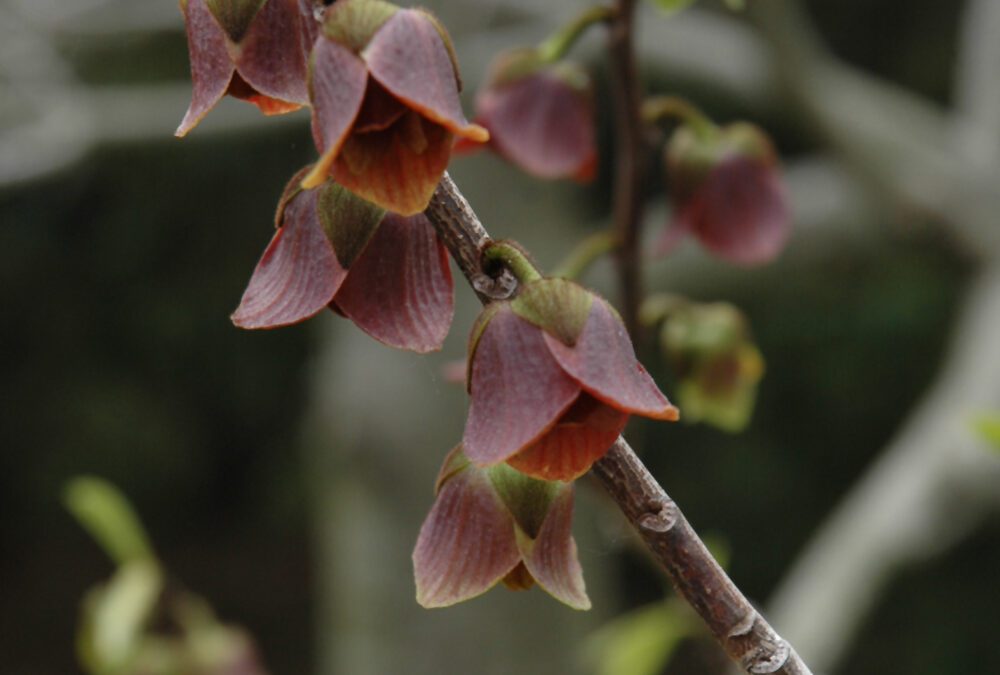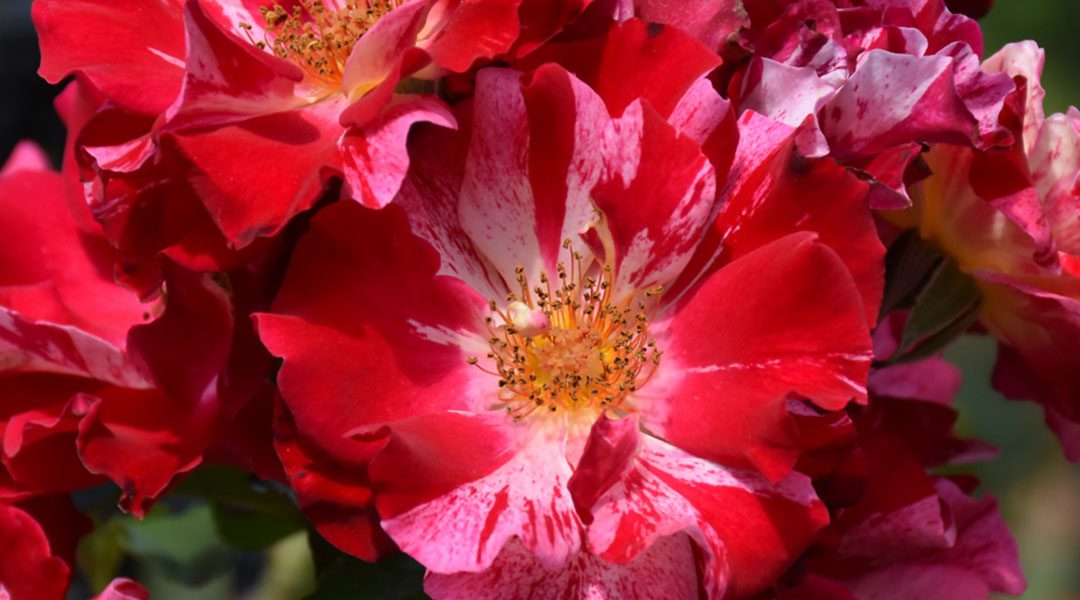What Makes Native Plants a Smart Choice? Native plants are perfectly adapted to Chicagoland’s Zone 5 climate, meaning they thrive with less maintenance. They offer food and shelter for birds, bees,...

| Shrub Max Size | Medium (Max Size 4-6 Ft) |
|---|---|
| Bloom Time | Summer (June, July or August) |
| Light Requirements | Full Sun (more than six hours of sun) |
| Bloom Duration | Long (more than one month) |
Price range: $39.99 through $129.99
Puffer Fish Hydrangea
Make a bold statement in your garden with Puffer Fish Hydrangea (Hydrangea paniculata ‘Puffer Fish’). This unique and eye-catching hydrangea features large, cone-shaped flower clusters that begin as creamy white and transition to lime-green with striking white tips as they mature. Known for its dense, full blooms and sturdy stems, Puffer Fish Hydrangea adds texture and dynamic color to borders, mixed plantings, or containers. With its compact size and easy-care nature, it’s perfect for gardeners seeking a standout addition to their landscape.
Whether used as a stunning focal point, a lush border, or a striking container plant, Puffer Fish Hydrangea delivers vibrant color, full blooms, and a unique texture that will make your garden pop. Its compact size and dynamic appeal make it a must-have for any landscape.
Visit our Bloomingdale, IL or Carpentersville, IL stores for local pickup!
More for You

What Makes Native Plants a Smart Choice? Native plants are perfectly adapted to Chicagoland’s Zone 5 climate, meaning they thrive with less maintenance. They offer food and shelter for birds, bees,...

What Is a Common Pawpaw Tree? The Common Pawpaw (Asimina triloba) is a native North American fruit tree known for producing custard-like tropical fruit—right in your own backyard. With flavor notes...

When it comes to adding romance, drama, and vertical beauty to a garden, climbing roses are a timeless choice. With their arching canes and generous blooms, they bring old-world charm to fences,...